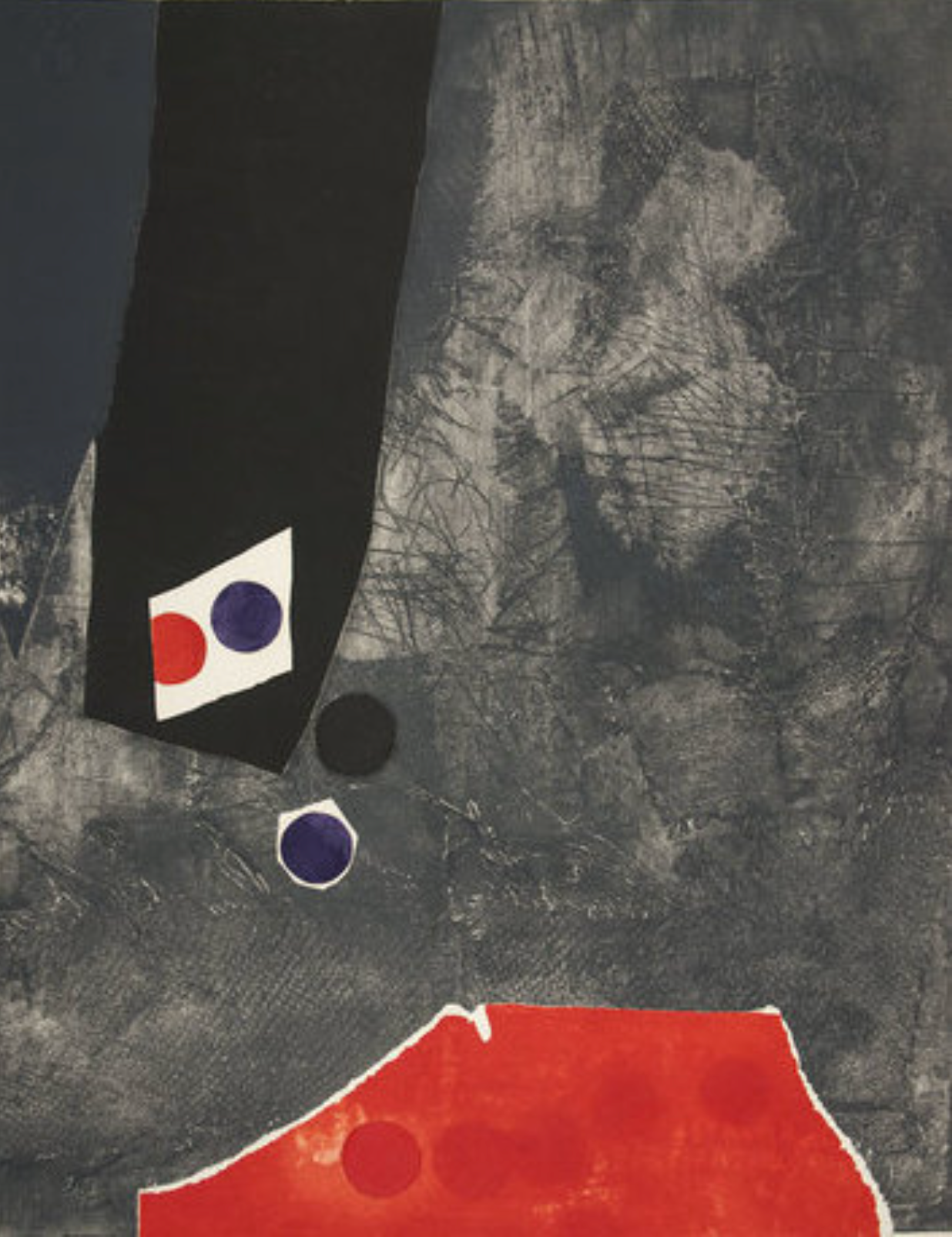BARCELONA, SPAIN, 1913-2005
Spanish painter and sculptor. A disciple of the sculptor Ángel Ferrant and the painter José Mongrell, he began painting at the Barcelona School of Fine Arts and made his professional debut through poster design, primaril...
Leer más
BARCELONA, SPAIN, 1913-2005
Spanish painter and sculptor. A disciple of the sculptor Ángel Ferrant and the painter José Mongrell, he began painting at the Barcelona School of Fine Arts and made his professional debut through poster design, primarily for film. Joining the Republican Army during the Spanish Civil War, he went into exile in France in January 1939, where he spent time in a refugee camp. He continued his painting activities alongside a group of Spanish painters, the so-called School of Paris.
In 1941, he established his first studio in Montparnasse. His emotional stability and the birth of his son led to a series of intimate paintings, some of them tending toward abstraction. He soon produced paintings with a marked expressionist and even cubist character, in which he systematically and specifically utilized the technique of collage, from which assemblages later evolved.
He first exhibited in Paris in 1949; since then, his name has appeared in the Parisian Salles d'Automne and at the Société Générale des Beaux-Arts, and also in Rome, Stockholm, Geneva, Copenhagen, London, and Nice. The culmination of his recognition as a renowned painter came in 1978, when the Musée d'Art Moderne de la Ville de Paris dedicated a major retrospective to him, including painting, collage, and large-scale films from 1958 to 1979.
Clavé also entered the field of sculpture at a very young age, de Ferrant. Some pieces are based on found and recontextualized objects (influenced by Miró); on other occasions, she creates boxes, cabinets, and reliquaries, mostly in wood, based on assembled and polychrome pieces that simultaneously maintain the ambiguity of the sculptural and the pictorial. Within this field, her small bronzes stand out, evidently reflecting the influence of ancient Mediterranean sculptures that feature the symbol of fertility, represented by mother goddesses, whom the Barcelona-born artist transforms into nurses or queens.
His style is a cross between expressionism and symbolism; his paintings are notable for the inventiveness and quality of his drawings, as well as the exuberance of his colors and the rich texture of his materials, characteristics also applicable to his sculptures. In 1989, he presented a retrospective exhibition of his sculptures at the Palau de la Virreina in Barcelona, which included works created between 1939 and 1986. A year later, in 1990, he opened an anthology of his entire painting at the Palau Robert in Barcelona, organized by the Generalitat de Catalunya (Catalan Government). And in April 1999, he opened an exhibition at the Centro Cultural del Conde Duque in Madrid, focusing primarily on his paintings from the first three decades of his career.
Leer menos




